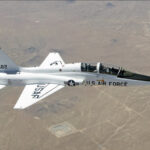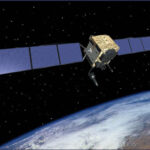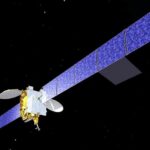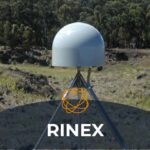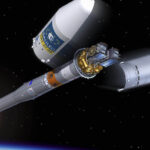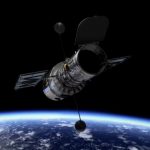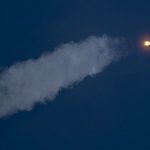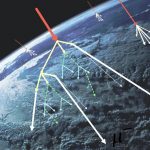PNT Pod for GPS-Contested Environments Passes High-Dynamics Test
The Air Force Research Laboratory’s complementary PNT AgilePod prototype aced its first high-dynamic flight tests in November 2021. It also achieved two other firsts: the first test of fully-remote interfacing and alt-PNT data transmission, and the first demonstration of overland/overwater transition performance.
By Inside GNSS
